What the West's foes may be learning from the Ukraine war
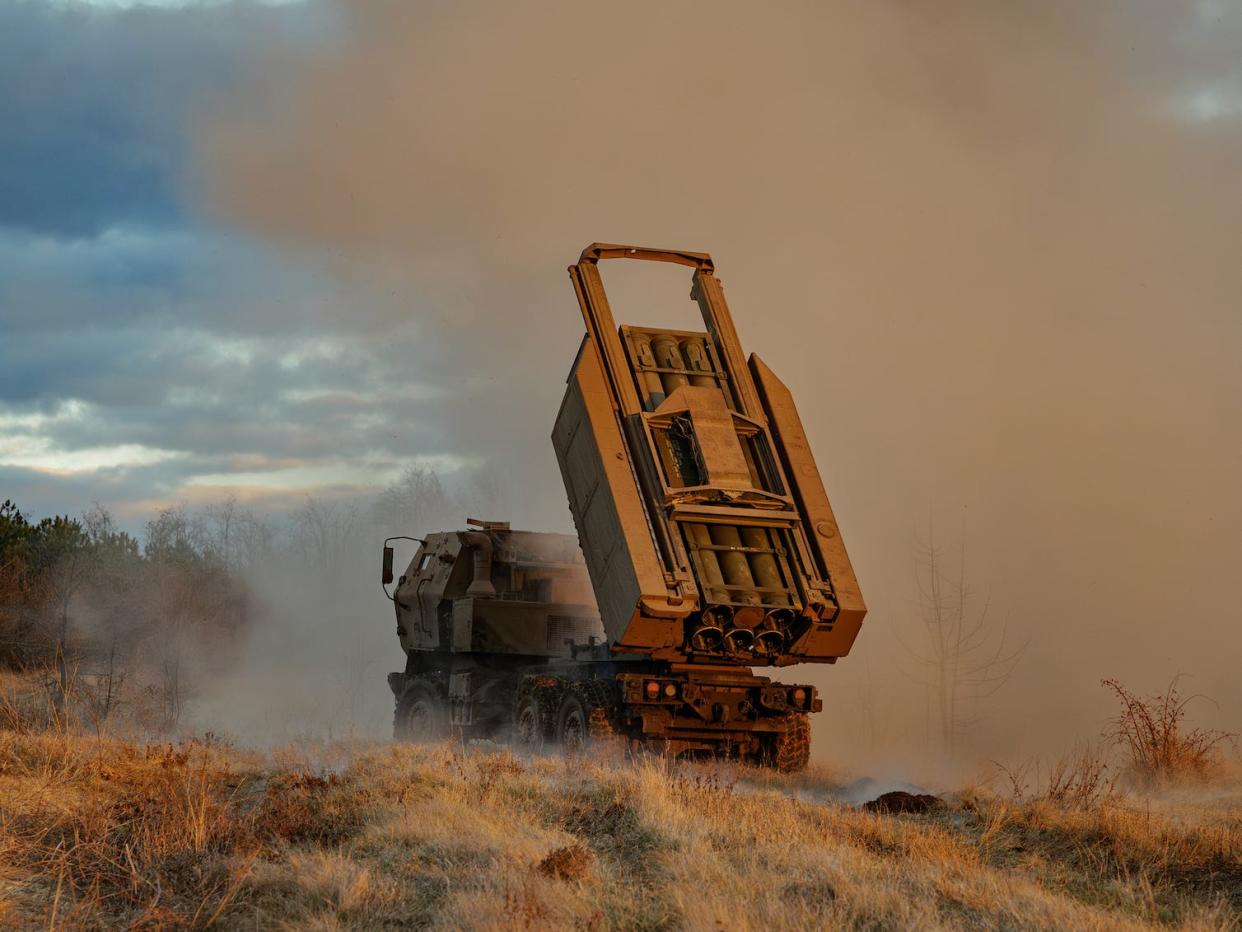
NATO countries, including the US, are gathering lots of useful intelligence from the Ukraine war.
But Russia's biggest supporters like Iran, China, and North Korea are also learning from the fight.
Among their takeaways is a deeper understanding of Western equipment, a top Russia expert warned.
NATO has been closely watching how the Russian military performs in Ukraine and gathering valuable intelligence on a range of things, from Moscow's battlefield tactics and procedures to some of its more advanced weapons systems.
But NATO is not the only one benefiting from the information coming out of the war. Moscow's supporters — some of which are fierce adversaries of the US — are also learning from the war, deepening their understanding of Western weapons, a top Russia expert warned earlier this month.
During a panel on Russian forces reconstitution on the sidelines of the NATO summit in Washington, the moderator asked Dara Massicot, a senior fellow at the Carnegie Endowment for International Peace, to assess which side has learned the most from the conflict.
"From a strategic intelligence level, I think that Ukraine and NATO far and away have the advantage," Massicot commented at the July 10 event alongside Latvia's Foreign Minister Baiba Braže. "That advantage, just like all intelligence work, is not guaranteed," she continued. "You have to fight to maintain it. You have to fight for that access."
She explained that from a tactical perspective, Ukraine and Russia are learning much about each other, and in response, the cycles of adaptation and countermeasures are rapidly compressing. US officials have made similar remarks, especially regarding electronic warfare capabilities on both sides.
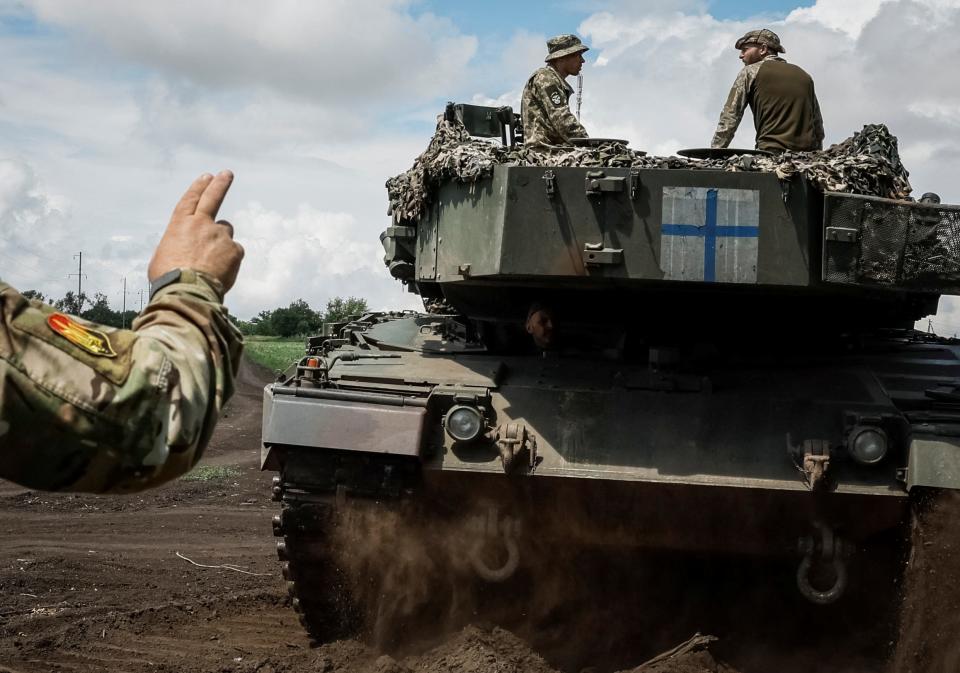
But, "just like we, as NATO, are benefiting from what Ukraine is showing us and teaching us, we have to think about the other side as well," Massicot said. "Russia's allies and their partners are learning from them, and this is now a currency that Russia has to give to Iran, China, North Korea — that learning of our equipment."
Help from abroad fuels the fight
Since the start of the war, NATO countries have provided Ukraine with tens of billions of dollars in security assistance, with the US alone accounting for more than $53 billion. This collection of military aid includes everything from smaller items like bullets and artillery shells to larger pieces of equipment like armored vehicles and air-defense systems.
But Ukraine is not the only party to the conflict that has received support from abroad.
Iran, China, and North Korea have provided Russia with varying degrees of military and economic assistance throughout the war, and the ever-deepening ties between those countries and Moscow have triggered alarm bells in the US and among its NATO allies.
Iran and North Korea have collectively outfitted Russia with a bunch of lethal aid, including missiles, rockets, artillery shells, and drones. In fact, Tehran's Shahed-136 loitering munition has even emerged as one of the more notorious weapons that Moscow has employed, frequently used in attacks on Ukraine's cities and civil infrastructure.
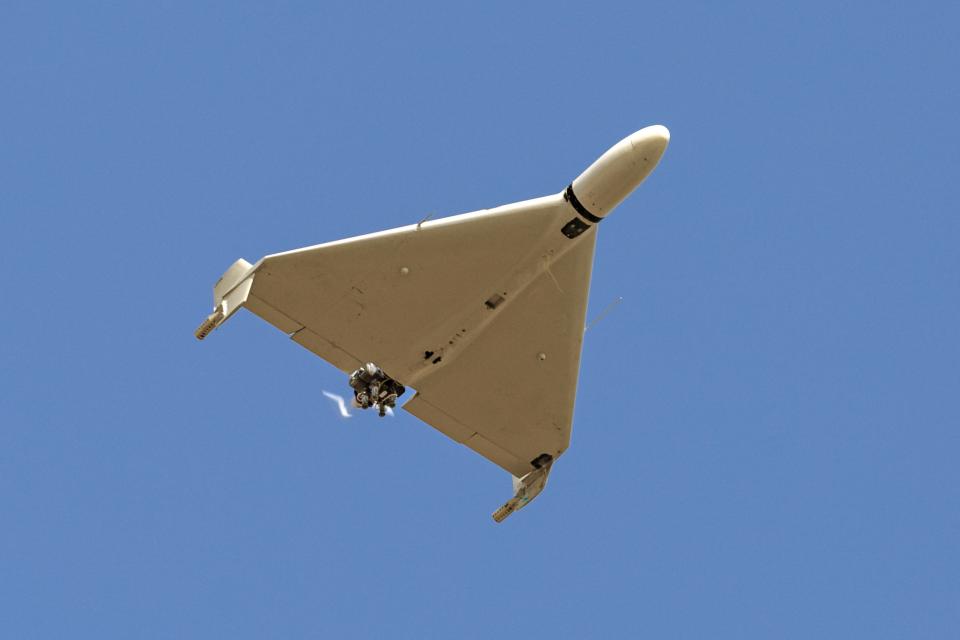
China's support for Russia as it wages war in Ukraine has been more discreet. Rather than directly providing lethal aid, Beijing has instead supplied technology and hardware to help Moscow expand its defense-industrial base and make weapons.
The weaponry that the Russians have received from abroad doesn't stack up to any Western-made alternatives and is often of much lower quality. Still, experts note that this support has kept Moscow's arsenal afloat as Ukraine's faced uncertainty and has helped the military maintain its pace on the battlefield.
The relationship between China, Iran, and North Korea and Russia is not a one-way street. Moscow is increasingly supporting Tehran, Pyongyang, and Beijing through defense cooperation and assistance.
Learning from the war
Stronger ties between Russia and countries like Iran, China, and North Korea that often stand in opposition to the West raise the risk that Moscow could share with these external actors unprecedented access to Western weaponry sent to Ukraine. There have been indications this is already happening.
For instance, CNN reported last year that Russia was sending Iran Western-provided weapons that it captured on the battlefield in Ukraine. Tehran could then reverse-engineer the weapons to further its own interests in the Middle East, which would be of great concern to the US and its regional allies that use these weapons.
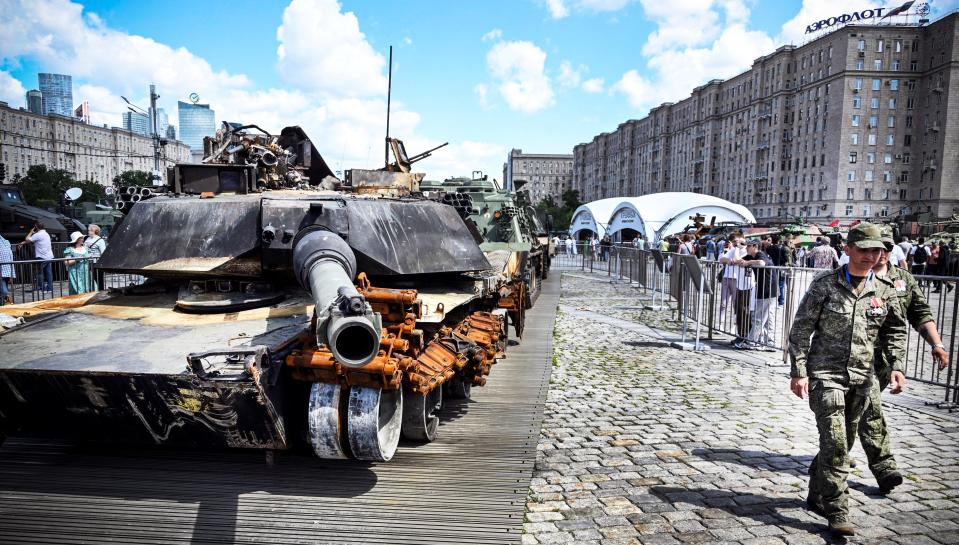
Russia has said that it has recovered intact European-made Storm Shadow missiles, as well as US Army Tactical Missile System (ATACMS) components. It's also gotten its hands on Western armored vehicles, among other things.
Furthermore, in its war in Ukraine, Russia has learned useful information on ways to defeat the kind of precision-guided munitions the West depends heavily on, defeating a variety of weapons with electronic warfare. Shared externally with Western foes, this knowledge could create new headaches for the West in a potential future fight.
External actors are also able to gather data about how their weapons perform on the battlefield. One example of this came in April when Iran launched a massive air assault against Israel using missiles and drones, including ones used by Russia in Ukraine.
"There's no doubt in my mind that in the same way we're learning about how our weapons work on the modern-day battlefield — because we're giving those to Ukraine — there's no doubt that the Iranians are learning about what works and what doesn't work, about their drones being used in Ukraine as well," Luke Coffey, a senior fellow at Hudson Institute, told The Hill in April.
Experts and officials have also said that North Korea is likely learning about how its weapons perform in actual combat conditions. In Ukraine, performance for North Korean weapons has been a bit of a mixed bag, with some systems exploding in flight and others doing unexpected things.
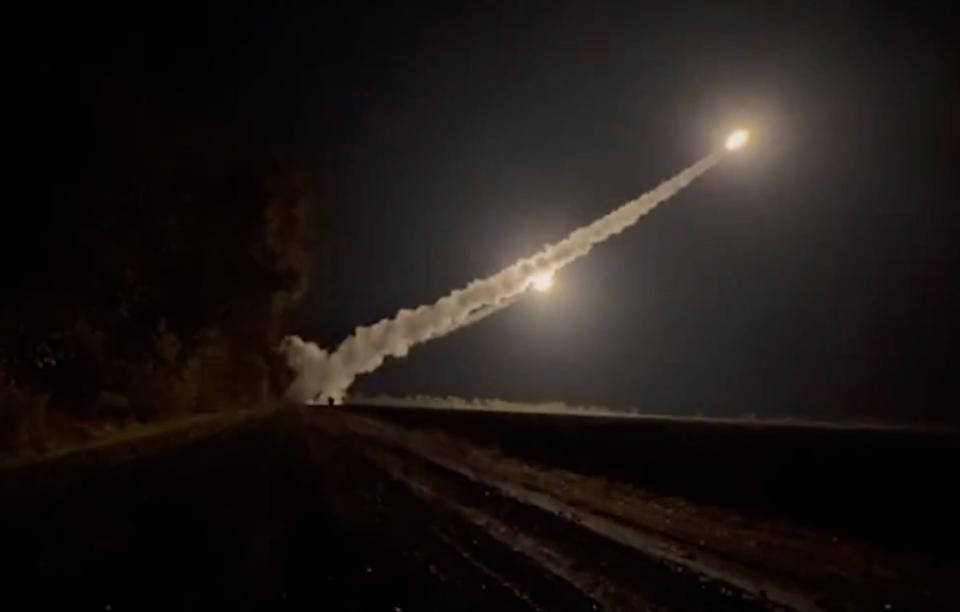
For Iran, experts said the mid-April attack strike package bore a resemblance to some of Russia's attacks in Ukraine. Learning from that experience could pave the way for improvements in performance down the road.
"The strike package was modeled on those the Russians have used repeatedly against Ukraine to great effect," conflict analysts at the Institute for the Study of War think tank wrote after Iran's mid-April attack.
They said that "the Iranians will learn lessons from this strike and work to improve their abilities to penetrate Israeli defenses over time as the Russians have done in repeated strike series against Ukraine."
Read the original article on Business Insider

